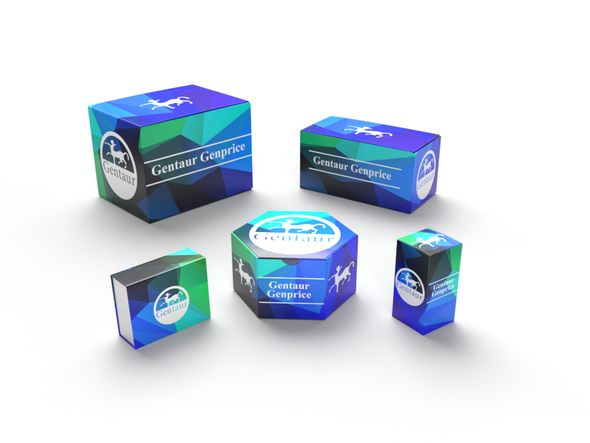BW
NFkB-p105/p50 (Q332) polyclonal Antibody | BS1249
- SKU:
- BW-BS1249
- Availability:
- Usually ships in 5 working days
Description
NFkB-p105/p50 (Q332) polyclonal Antibody | BS1249 | Gentaur UK, US & Europe Distribution
Host: Rabbit
Reactivity: Human,Mouse,Rat
Application: WB IHC IF
Application Range: WB: 1:500~1:1000 IHC: 1:50~1:200 IF: 1:50~1:200
Background: Proteins encoded by the v-Rel viral oncogene and its cellular homolog, c-Rel, are members of a family of transcription factors that include the two subunits of the transcription factor NFκB (p50 and p65) and the Drosophila maternal morphogen, dorsal. The DNA binding activity of NFκB is activated and NFκB is subsequently transported from the cytoplasm to the nucleus in cells exposed to mitogens or growth factors. cDNAs encoding precursors for two distinct proteins of the same size have been described, designated p105 and p100. The p105 precursor contains p50 at its N-terminus and a C-terminal region that when expressed as a separate molecule, designated pdI, binds to p50 and regulates its activity
Storage & Stability: Store at 4°C short term. Aliquot and store at -20°C long term. Avoid freeze-thaw cycles.
Specificity: NFkB-p105/p50 (Q332) polyclonal Antibody detects endogenous levels of the precurser protein p105 and its cleavage product p50.
Molecular Weight: ~ 50,105 kDa
Note: For research use only, not for use in diagnostic procedure.
Alternative Names: Nuclear factor NF-kappa-B p105 subunit; DNA-binding factor KBF1; EBP-1; Nuclear factor of kappa light; polypeptide gene enhancer in B-cells 1; NFKB1; NFkB p105; Nuclear factor NF-kappa-B p50 subunit; NFkB p50;
Immunogen: Synthetic peptide, corresponding to amino acids 300-350 of Human NFkB-p105.
Conjugate: Unconjugated
Modification: Unmodification
Purification & Purity: The Antibody was affinity-purified from rabbit antiserum by affinity-chromatography using epitope-specific immunogen and the purity is > 95% (by SDS-PAGE) .
Pathway: NF-kB Signaling,STING Signaling,Inhibition of Apoptosis,






